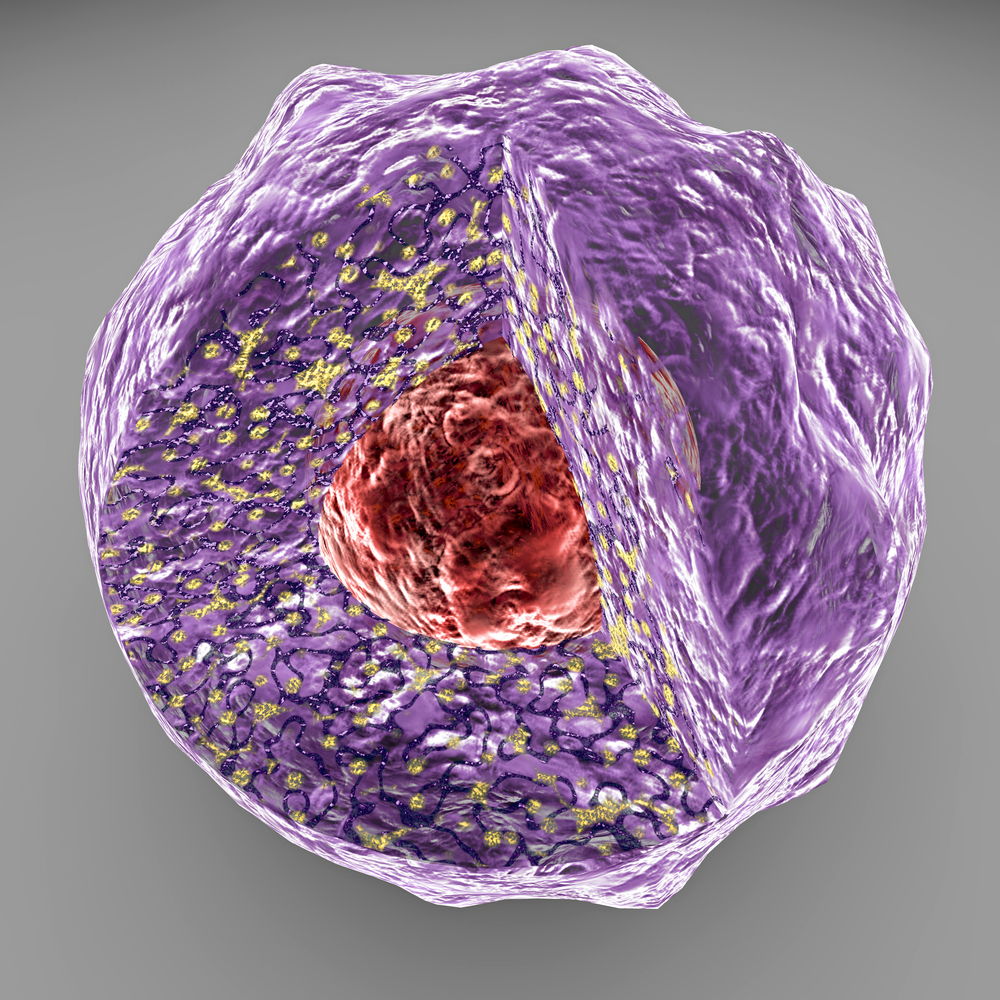Way of Easing Fibrosis in Systemic Sclerosis Seen in Treatment Targeting Cell Nucleus in Mice Study

Activating a class of nuclear receptors, called peroxisome proliferator-activated receptors (PPARs), with the drug IVA337 eased fibrosis in an animal model of systemic sclerosis, researchers reported.
The study, “Pan PPAR agonist IVA337 is effective in prevention and treatment of experimental skin fibrosis,” was published in the journal Annals of the Rheumatic Diseases.
Systemic sclerosis is characterized by diffuse fibrosis affecting not only the skin and joints, but also internal organs. Identifying the factors that drive fibrosis is crucial for developing appropriate therapies — of which none currently exist that can prevent or reverse fibrosis.
Nuclear receptors are a large family of transcription factors, meaning its members can bind directly to DNA sequences to regulate the expression of specific genes (gene expression is the process by which information in a gene is synthesized to create a working product, like a protein).
PPARs are a type of nuclear receptor, and previous studies suggest that PPARs might play a role in systemic sclerosis-induced fibrosis. Researchers have observed that activating an PPAR-alpha response prevented lung fibrosis, and that an agonist for PPAR-teta reduced bleomycin-induced inflammation (bleomycin is widely used as an experimental model for fibrosis). An agonist is a molecule that initiates a physiological response when combined with a receptor.
In this study, researchers determined the expression of PPARs in fibrotic skin collected from patients with limited and diffuse systemic sclerosis.
They found that, when compared to controls, the skin systemic sclerosis patients showed low levels of PPARs, specifically PPAR-alpha and PPAR-gamma. The researchers then investigated the effects of a PPAR agonist, called IVA337, in in vivo models of fibrosis, specifically a bleomycin-induced mouse model of dermal fibrosis.
In mice treated with IVA337, PPAR activation reduced fibrogenesis, with IVA337 decreasing dermal fibrosis. The IVA337 treatment was accompanied by a decreased extracellular matrix (ECM) deposition, and by lower profibrotic effects of TGF-beta, a key player in the fibrosis process. Additionally, IVA337 treatment resulted in significant reduction of several markers of inflammation.
These results support and strengthen previous findings that PPAR agonists can dampen fibrosis, and that IVA337 is a potential treatment for fibrotic diseases, including systemic sclerosis.






